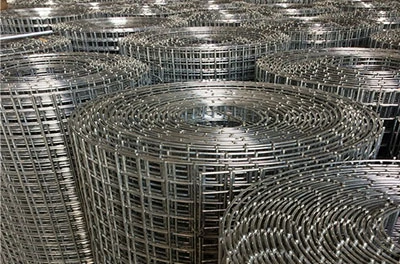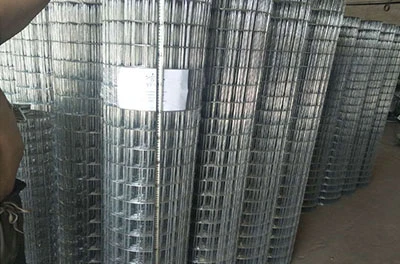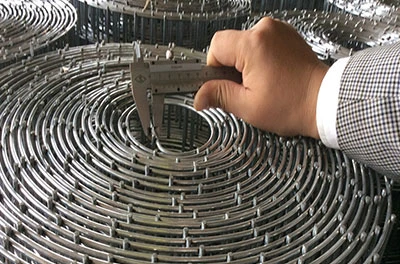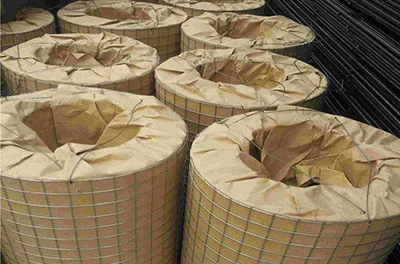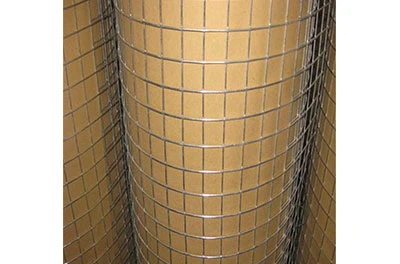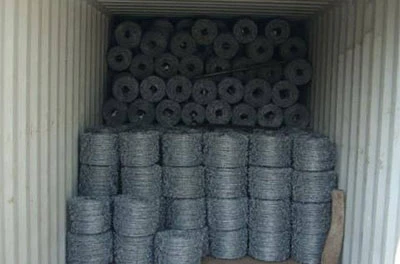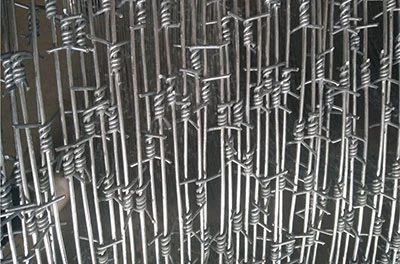Jul . 15, 2025 11:21 Volver a la lista
Fiberglass Materials in Modern Building
The landscape of modern construction is defined by innovation, demanding materials that offer superior performance, durability, and efficiency. Among the most transformative additions to the builder's arsenal are materiales de fibra de vidrio. Composed of fine glass fibers woven or bound together, often with polymer resins, these materials present a compelling alternative to traditional options like steel, wood, or basic polymers. Their inherent properties – exceptional tensile strength, resistance to corrosion, fire retardancy, dimensional stability, and lightweight nature – make them indispensable across diverse building applications, from structural reinforcement to insulation and cladding. As the construction industry evolves towards more resilient and sustainable practices, materiales de fibra de vidrio are increasingly becoming a cornerstone, enabling the creation of structures that are stronger, longer-lasting, and more adaptable to challenging environments. Their versatility allows architects and engineers to push design boundaries while ensuring structural integrity and longevity.
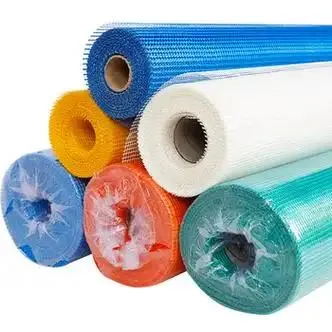
The Versatility of Fiberglass Materials in Construction
The true power of materiales de fibra de vidrio lies in their remarkable adaptability. These materials can be engineered into various forms – continuous strands, woven fabrics, chopped strands, mats, and meshes – each tailored for specific functions. In insulation, fiberglass batts and rolls provide excellent thermal and acoustic properties, significantly enhancing building energy efficiency and occupant comfort. As reinforcement, materiales de fibra de vidrio are embedded within polymer matrices to create Glass Fiber Reinforced Polymer (GFRP) or Glass Fiber Reinforced Plastic (GRP) composites. These composites are revolutionising areas like rebar for concrete, structural profiles, piping systems, and exterior cladding panels. The non-conductive nature of glass also makes materiales de fibra de vidrio ideal for electrical applications and components within buildings. Furthermore, their moldability facilitates complex architectural shapes and facade elements that would be difficult or costly to achieve with traditional materials. This breadth of application underscores how materiales de fibra de vidrio permeate virtually every aspect of modern building envelopes and infrastructures.
Enhancing Structural Integrity with Fiberglass Mesh
A critical application where materiales de fibra de vidrio demonstrate exceptional value is in the form of malla de fibra de vidrio. This specific type of fabric, typically an open-weave grid coated with polymers for alkali resistance and adhesion, serves as a primary reinforcement layer in Exterior Insulation and Finish Systems (EIFS), stucco systems, and tile underlayments. Its primary function is to distribute stresses across a wider area, significantly reducing the risk of cracking in renders, plasters, and thin-set mortars. The malla de fibra de vidrio acts as a tensile skeleton, absorbing movements caused by thermal expansion and contraction, substrate settling, or minor impacts. This prevents cracks from propagating through the finish layer, maintaining the aesthetic integrity and weatherproofing capabilities of walls and floors. The alkali-resistant coating is crucial, protecting the glass fibers from degradation within the highly alkaline environment of cement-based plasters and mortars. The result is a durable, crack-resistant surface that contributes to the long-term performance and low maintenance requirements of modern facades and tiled surfaces. The consistent quality and performance of malla de fibra de vidrio make it a fundamental component for achieving durable, high-quality finishes.
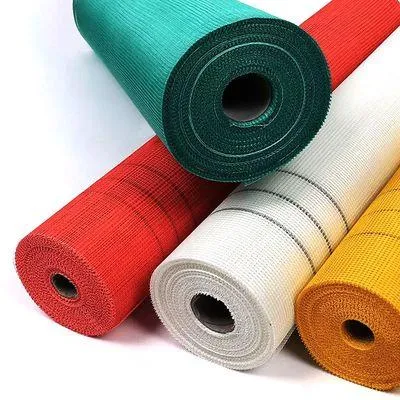
Bulk Fiberglass Mesh for Large-Scale Projects
Meeting the demands of extensive commercial, industrial, and residential developments requires efficient, high-volume solutions. This is where bulk fiberglass mesh becomes essential. Supplied in large rolls, typically much wider and longer than standard retail packaging, bulk fiberglass mesh is designed for high-throughput application on major construction sites. Using bulk fiberglass mesh eliminates the frequent stoppages associated with changing smaller rolls, significantly boosting productivity for applicators working on expansive wall areas, such as high-rise buildings, warehouse complexes, or large housing estates. The economies of scale associated with bulk fiberglass mesh procurement translate directly to cost savings on significant projects, reducing material handling and packaging waste. Manufacturers ensure consistent roll quality and dimensional stability throughout these large rolls, guaranteeing uniform reinforcement performance across the entire project. The availability of bulk fiberglass mesh in various weights and strengths allows contractors to select the optimal product for specific structural reinforcement needs, whether for standard EIFS base coats or heavy-duty impact-resistant systems, all delivered efficiently to support large-scale construction timelines and budgets.
Preguntas frecuentess about Fiberglass Materials
What are the primary advantages of using fiberglass mesh over other reinforcing fabrics?
Fiberglass mesh offers exceptional tensile strength, dimensional stability , inherent non-combustibility, and resistance to rot, mold, and corrosion. Crucially, when properly coated for alkali resistance, it withstands the harsh environment of cement-based plasters far better than organic alternatives, ensuring long-term reinforcement integrity.
How does bulk fiberglass mesh benefit large construction sites logistically and economically?
Bulk fiberglass mesh dramatically reduces material changeovers, saving valuable labor time. Its larger roll size minimizes packaging waste per unit area covered and often comes with favorable volume pricing. Efficient handling and storage of fewer, larger rolls streamline site logistics, contributing to overall project cost-efficiency and schedule adherence for major developments.
Are fiberglass materials considered environmentally friendly?
Fiberglass materials contribute positively to building sustainability. They enhance energy efficiency through superior insulation, are highly durable, and are often made with significant recycled glass content. Furthermore, their inert nature means they don't emit harmful VOCs during their service life. Many materiales de fibra de vidrio are also recyclable at end-of-life.
What key properties make fiberglass materials suitable for exterior building applications?
Fiberglass materials excel outdoors due to their outstanding resistance to weathering, UV degradation, moisture absorption, and temperature extremes. They do not corrode like steel, rot like wood, or support mold growth. This inherent resilience makes materiales de fibra de vidrio, including meshes and composites, ideal for facades, roofing, piping, and structural elements exposed to harsh environments.
Can fiberglass materials be used in fire-sensitive applications?
Yes, glass fibers themselves are non-combustible and melt only at very high temperatures. Fiberglass materials, such as insulation batts and certain composites, are often classified as non-combustible or have excellent fire resistance ratings. Fiberglass mesh used in renders contributes to the overall fire performance of wall systems. Specific formulations of materiales de fibra de vidrio are designed to meet stringent fire safety standards in building codes.
Fiberglass materials have undeniably reshaped modern building practices. From the fundamental reinforcement provided by malla de fibra de vidrio in exterior finishes to the logistical and economic advantages of bulk fiberglass mesh for sprawling projects, these materials deliver unparalleled performance. Their unique combination of strength, durability, lightweight nature, resistance to environmental degradation, fire safety, and versatility underpins their widespread adoption. Whether enhancing structural integrity with composites, providing vital insulation, or ensuring crack-resistant surfaces, materiales de fibra de vidrio contribute significantly to constructing buildings that are safer, more energy-efficient, longer-lasting, and capable of withstanding the challenges of the modern world. As construction continues to prioritize resilience and sustainability, the role of advanced materiales de fibra de vidrio will only continue to expand.
Últimas noticias
-
Ventilation Optimization with Perforated Galvanized Grating in Factories
NoticiasJul.15,2025
-
Thermal Expansion Management Strategies for Serrated Steel Grating Systems
NoticiasJul.15,2025
-
Eco-friendly Advantages of Aluminium Corner Beads
NoticiasJul.15,2025
-
Drywall Corner Types for Ceilings
NoticiasJul.15,2025
-
Customizable Aluminum Grating Designs for Aesthetic Facades
NoticiasJul.15,2025
-
Budget-Friendly Renovation Using PVC Corner Bead
NoticiasJul.15,2025
Nuestra empresa cuenta con excelentes diseñadores de planos CAD para rejillas de acero, que pueden ofrecer a los clientes diseños de rejillas de acero perfectos y satisfacer mejor sus necesidades específicas. Nos adherimos al principio de "la calidad primero, el cliente primero", con productos de alta calidad, precios razonables y plazos de entrega rápidos, brindando a nuestros clientes una gama completa de servicios. ¡Invitamos a nuestros clientes, tanto nuevos como antiguos, a colaborar sinceramente y a crear un futuro brillante juntos!
Contáctenos
¡BIENVENIDO A NUESTRA EMPRESA!
¡Gracias por su interés en nuestros servicios! Si tiene alguna pregunta o desea reservar un servicio, no dude en contactarnos. Nuestro equipo se dedica a brindarle el mejor servicio y apoyo, y nos comprometemos a trabajar con usted para que su evento sea un éxito.

Correo electrónico de servicio

Teléfono de servicio
Enlace rápido
Contáctenos
- Teléfono: +86 +86 15733154345
- Correo electrónico: sales@chengsenchina.com
- DIRECCIÓN: B1213 GLOBAL CENTER, NO.226 ZHONGHUA NORTH STREET, SHIJIAHUANG, CHINA


